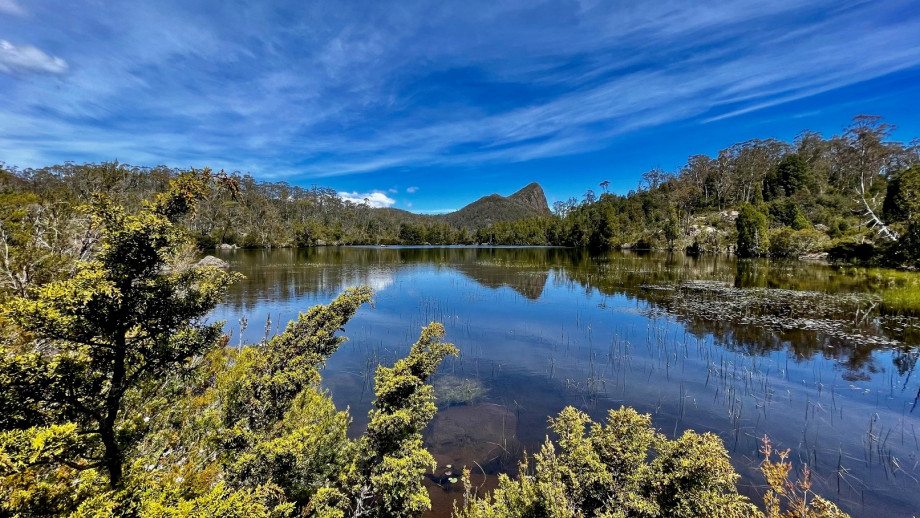
A new study led by researchers at The Australian National University (ANU) has shown that ecosystems in western parts of southeastern Australia – including western Victoria and western Tasmania – may be most at risk of feeling the impacts of climate change in the coming decades.
The study compared the traits of plants currently growing in southeast Australia to species that have existed in the region over the past 12,000 years.
Lead author of the study, Dr Matthew Adeleye, said many ecosystems in Australian are already facing rising habitat loss and species extinction.
“We looked at traits like the height of the plants, the surface area of their leaves and the size of their seeds,” Dr Adeleye said.
“These things can show us how plants have adapted to different environments.”
Dr Adeleye and the research team found that up until around 6,000 years ago, plants in southeast Australia were functionally diverse with more productive growth strategies.
“Drier and unstable conditions over the last 4,000 years have triggered a marked change in plant function in some of the area’s ecosystems, including in western Tasmania’s World Heritage rainforest,” Dr Adeleye said.
“Plants in these areas tended towards less productive growth strategies – or mechanisms to reproduce and survive in the harsh landscape. This trend will likely continue under expected more frequent droughts over coming decades.
“It means that some of the benefits provided to humans by areas like western Tasmania’s rainforest may decline faster compared other parts of Australia.”
The study was conducted in collaboration with researchers from Western Sydney University and the CSIRO.




